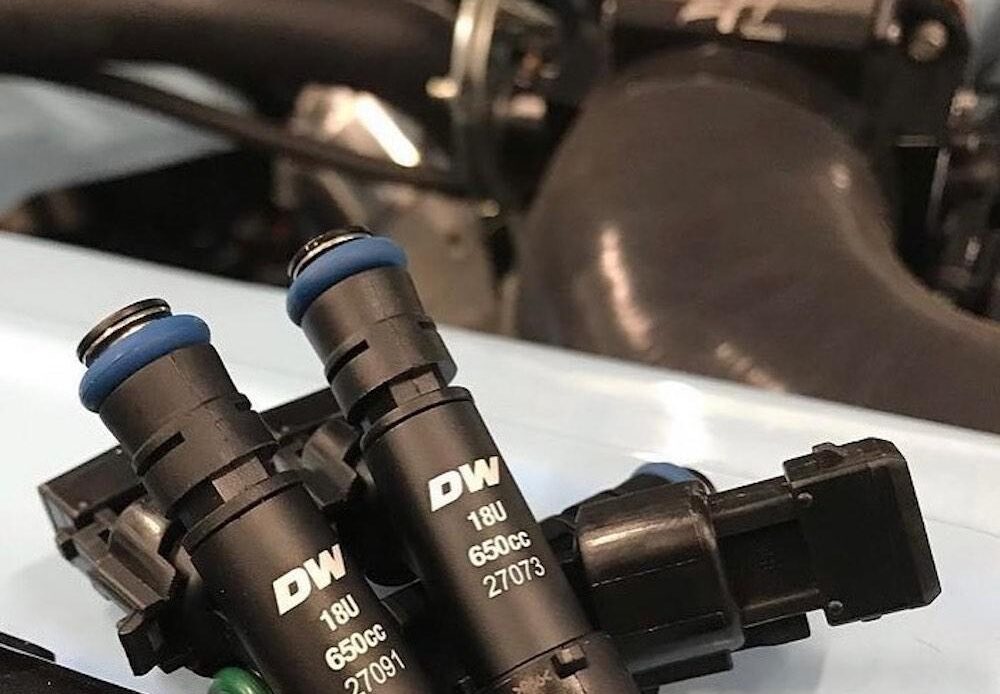Sponsored content presented by DeatschWerks.
One day we may just plug our cars into the dryer outlet for max performance, but for now there’s still plenty of power (and cool noises) to be had from internal combustion engines. And a vital part of making that combustion as efficient as possible for max performance is a fully optimized fuel system.
And they key word there, of course, is “system.” Upgrading fuel delivery is rarely a single-part endeavor, and while that can place some additional burden on your wallet and shop time, taking a more holistic approach to your fuel upgrades can pay off in better performance and better control over that performance.
We recently had to take such a look at the fuel system in our 1991 Toyota MR2 Turbo. We’d eventually like to run it on E85 for ethanol’s superior tendencies, particularly with turbocharged engines, but we also don’t want to lose the ability to run pump gas when E85 isn’t as convenient.
[E85 Ethanol Fuel: How to Corn Your Way to More Horsepower]
So we talked to an expert. Dakota Bowman is one of the tech geniuses at DeatschWerks, a full-line supplier of fuel system components. Luckily, Bowman says, technology and manufacturing quality has caught up to enthusiasts’ desires to increase performance.
“Ethanol requires a lot more flow volume than gasoline, which means larger injectors, more pump volume, and generally more capacity than a pure gas system,” Bowman explains. “And in the past, it was sometimes tough to find an injector that could effectively ‘downsize’ the flow for normal gas. But with modern manufacturing and materials, it’s much easier for larger injectors to act as smaller injectors when they need to.”
The takeaway message when sizing injectors: Size for your highest-power scenario. To find our upper end, we input our MR2 Turbo’s specs and horsepower goals into DeatschWerks’ fuel injector calculator.
Assuming a goal of 325 crank horsepower–say, about 280 wheel horsepower–on E85, the calculator says we’ll need injectors capable of providing 633cc/min. of fuel. Using the same target power with gasoline requires only 487cc/min. of fuel.
Since we want to run E85 when it’s available, we’ll look for injectors in the 650cc/min. range. These will provide plenty of headspace for E85 and can also be dialed back by the ECU when gasoline is being used.
But you also have to supply fuel to those injectors, and here’s…
Click Here to Read the Full Original Article at Grassroots Motorsports Online Articles…

